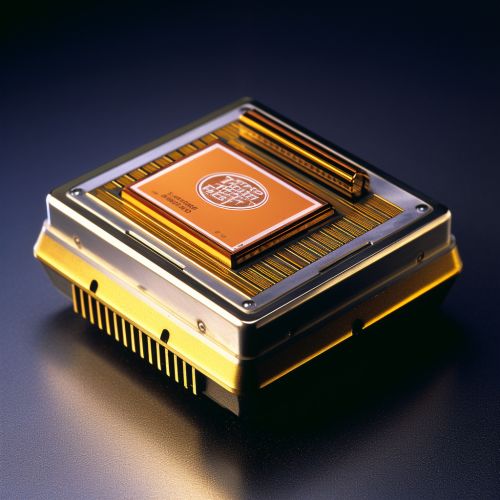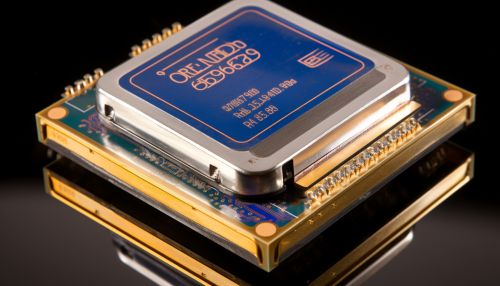Intel 80386
Overview
The Intel 80386, also known as the i386 or just 386, is a 32-bit microprocessor introduced by Intel in 1985. The 80386 was the first Intel processor that could run all the software written for its predecessors. It was a significant progression from the 80286 and was the first Intel chip to offer 32-bit processing and flat memory model.
Design and Features
The 80386 was designed with a 32-bit data bus, 32-bit address bus, and a 32-bit instruction set. This allowed it to handle up to 4 gigabytes of memory, a significant increase from the 1 megabyte limit of the 80286. It also introduced a new instruction set, which included instructions for manipulating and managing the larger memory model.
The 80386 was also the first Intel processor to support virtual memory and protected mode, which allowed it to run multiple applications simultaneously and protect the operating system from errant software.


Architecture
The 80386's architecture was a significant departure from its predecessors. It was designed as a microcoded machine, which means that the instructions it executed were actually small programs stored in a ROM inside the chip. This allowed Intel to add new instructions to the chip by simply updating the microcode, rather than redesigning the entire chip.
The 80386 also introduced a new feature called paging, which allowed it to divide the memory into small, fixed-size blocks and map them to physical memory as needed. This made it possible to run programs that were larger than the available physical memory.
Performance
The 80386 was significantly faster than its predecessors, thanks to its 32-bit architecture and other improvements. It was capable of executing up to 11 million instructions per second (MIPS) at its maximum clock speed of 33 MHz. However, the actual performance of the 80386 varied depending on the software it was running.
Legacy
The 80386 was a landmark product for Intel and set the stage for the company's dominance in the microprocessor market. It was the first Intel processor to be widely used in personal computers, and its architecture served as the basis for all subsequent x86 processors.
Despite being discontinued in 2007, the 80386 and its derivatives continue to be used in embedded systems and other applications where low power consumption and high reliability are important.
